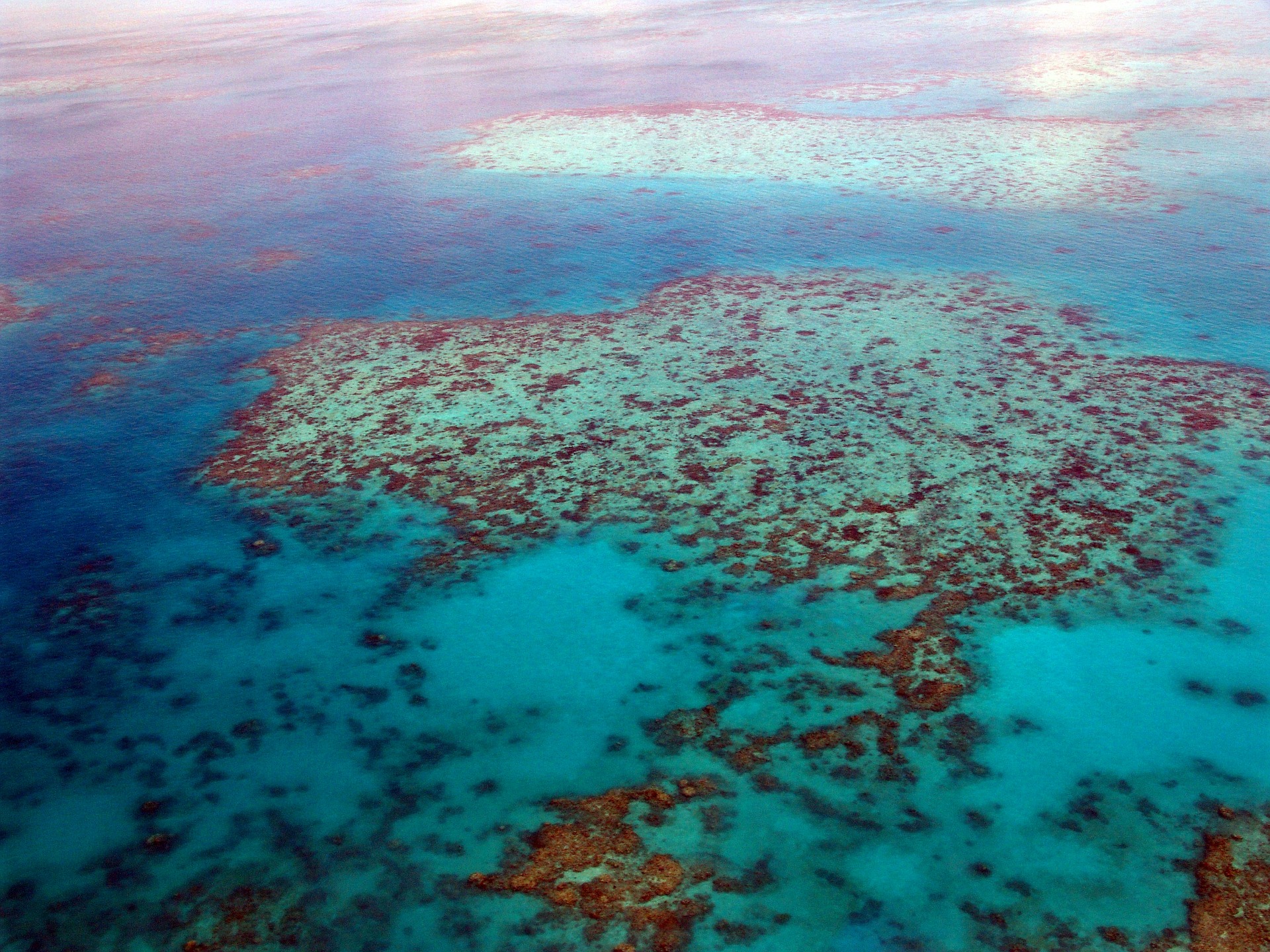Big and small corals are increasingly rare on the Great Barrier Reef
Embargoed until:
Publicly released:
2020-10-14 10:01
A study on the changes in coral colony size along the length of Australia’s Great Barrier Reef has shown that both small and large colonies have become increasingly rare, which could impact the ability of the reef to recover from bleaching events and to survive climate change. The Australian research found that compared to 1995/1996 coral cover, there have been major shifts in the colony size structure of coral populations along the 2300 km length of the Great Barrier Reef.
Journal/conference: Proceedings of the Royal Society B
Research: Paper
Organisation/s: ARC Centre of Excellence for Coral Reef Studies, Queensland University of Technology (QUT), James Cook University
Funder: This study received support from the Australian Research
Council’s Centre of Excellence Program (grant no. CE140100020)
and a Laureate Fellowship (to T.P.H.).
Media release
From: The Royal Society
Long-term shifts in the colony size-structure of coral populations along the Great Barrier Reef
Proceedings of the Royal Society B: Biological Sciences
Much like in humans, shifts in the composition of coral populations reveal valuable insights into their likely past and future fate, but are rarely examined. This study documents shifts in the colony size distribution of coral populations along the length of Australia’s Great Barrier Reef over the course of two decades. Both small and large colonies have become increasingly rare, indicating declines in reproduction, recovery potential and the long-term resilience of coral populations.


